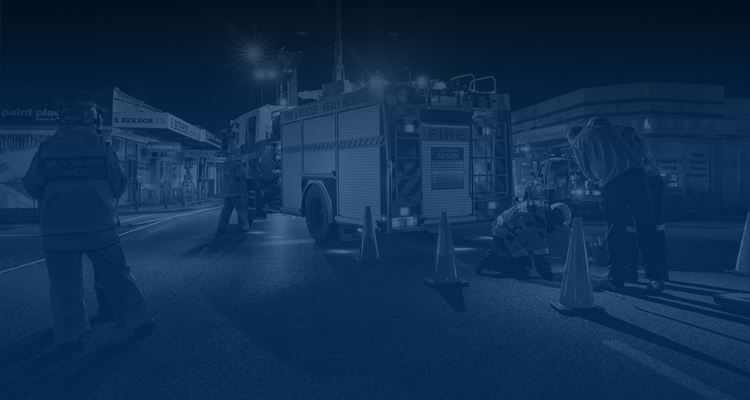Future of volunteering in fire and emergency services
The long term future of volunteer emergency response services in Western Australia is in jeopardy as membership numbers continue to fall by more than 300 a year.

There are 26,000 fire and emergency services volunteers across the State, however demographic shifts across WA continue to challenge the sustainability of the volunteer workforce.
WA faces declining numbers of regional volunteers and a steady increase in average age, which is impacting volunteers’ capability and capacity to respond to incidents.
Speaking during National Volunteer Week (Monday 8 May – Sunday 14 May 2017) Fire and Emergency Services Commissioner Wayne Gregson APM outlined the Department’s strategy for a modern and more flexible approach to volunteering.
The Department of Fire and Emergency Services’ (DFES) Volunteer Sustainability Strategy is a blueprint for increasing volunteer recruitment and retention by:
- diversifying volunteer roles;
- being more flexible with time commitments; and
- engaging people through digital and social media.
Commissioner Gregson said the traditional model doesn’t align with the values or the lifestyle commitments of many of today’s young men and women.
“As an emergency services organisation that relies heavily on the support of volunteers, it is essential we change our approach,” Commissioner Gregson said.
“It means evolving in terms of the opportunities on offer and how they can fit in with people’s lives and ability to commit.
“It is also about offering flexible options to volunteers as they age, so we don’t lose their valuable local knowledge and experience.”
Under the new strategy DFES has already commenced a range of initiatives including:
- research into recruitment and retention in emergency services;
- increasing the competency of volunteer leaders through the Volunteer Leadership Program;
- measures to better communicate with volunteers such as the redevelopment of its volunteer portal;
- redeveloping its cadet programs.
DFES Manager Strategic Volunteer and Youth Programs Jennifer Pidgeon said aside from learning operational skills, volunteering in emergency services gives people the opportunity to develop personal attributes such as leadership skills, team work and tolerance.
“A history of volunteering in emergency services may give people an advantage when it comes to gaining paid employment, as it demonstrates discipline and reliability.”
“It can also be a very rewarding experience, as volunteers make a real difference to people’s lives in their time of need.”
People of all ages and backgrounds are encouraged to consider volunteering. Visit dfes.wa.gov.au for more information on volunteering or call your local BGU.
BACKGROUND
In the last year alone, volunteers were involved in the response to more than 8,700 incidents.
The average age of a fire and emergency services volunteer is 48 years.
DFES coordinates volunteers from the Volunteer Fire and Emergency Services, Volunteer Fire and Rescue Service, State Emergency Service and the Volunteer Marine Rescue Services, with support also provided to Local Government Bush Fire Brigades.
The Volunteer Sustainability Strategy 2016-2024 is available on the DFES website.
Media Contact: DFES Media and Corporate Communications 9225 5955

